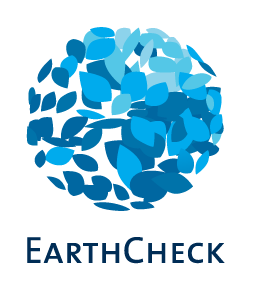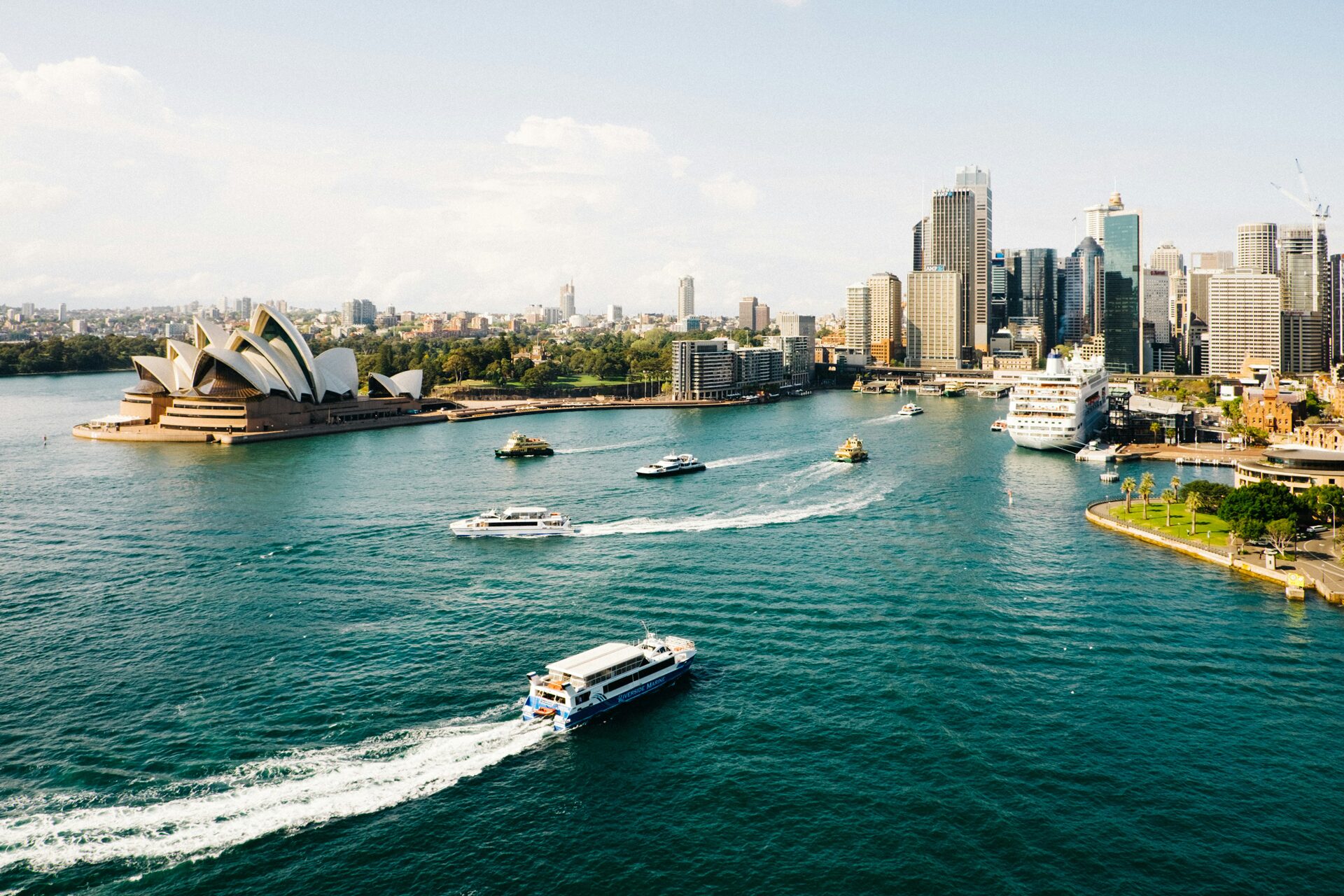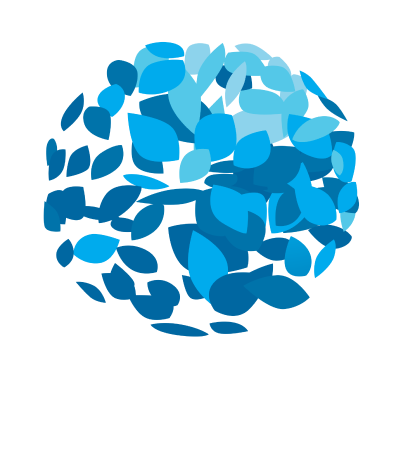Image provided by Sandals Resorts
By Melinda Watt, Chief Scientist and Vice President Relationship Management
The tourism industry has a critical role to play in promoting sustainable development and protecting the natural and cultural resources that make travel possible. Here’s what it takes to become a sustainable tourism business.
Sustainability has evolved into an essential component for long-term success within the tourism industry. Embracing sustainable practices demonstrates a commitment to responsible and enduring growth, benefiting both businesses and the environment.
With 55 per cent of visitors wanting to leave the places they visit better than when they arrive, sustainable tourism is not only good for the environment and local communities, it’s also good for business. Sustainable tourism businesses are simply better positioned to attract guests who are increasingly concerned about the impact of their travel choices.
But it’s one thing to aspire to sustainability, and another to actually implement sustainable management practices in your business.
To begin with, it’s important to define what we’re talking about when we talk about sustainability. According to the global standard definition used by the United Nations, sustainability means “meeting the needs of the present without compromising the ability of future generations to meet their needs”.
It’s about not taking more than your fair share, and making sure everyone around the world has the same access to a great quality of life – both now and into the future.
In 2015, the United Nations established 17 goals as part of The 2030 Agenda for Sustainable Development, which was signed by all United Nations member states. The goals cover the following themes:
- No poverty
- Zero hunger
- Good health and wellbeing
- Quality education
- Gender equality
- Clean water and sanitation
- Affordable and clean energy
- Decent work and economic growth
- Industry, innovation and infrastructure
- Reduced inequalities
- Sustainable cities and communities
- Responsible consumption and production
- Climate action
- Life below water
- Life on land
- Peace, justice and strong institutions
- Partnerships for the goals
These goals can be related to any business – but the tourism industry, which represents about 10 per cent of the global workforce and is responsible for about 8 per cent of global carbon emissions, has a particularly significant role to play.
Sustainability management is the combination of business strategies, operations and behaviours you use to complement your business performance with your sustainability outcomes.
In short, it’s about managing your resources throughout your business with future generations in mind.
EarthCheck is committed to supporting businesses to make positive, lasting change, which is why we developed EarthCheck Certified almost 25 years ago.
It’s a certification program for environmental and social sustainability used by hundreds of travel and tourism-related organisations in more than 70 countries, from resorts and hotels to convention centres, tour operators and transportation.
By following the steps laid out in the EarthCheck Company Standard, you are building a sustainability management system (SMS) for your business enabling you to achieve your sustainability goals and positively impact the world around you.
Step one: Commitment
Your business should appoint a sustainability champion and supporting green team whose role is to ensure the SMS is developed and implemented. The sustainability champion’s role should also include reporting on the business’ performance to management and key stakeholders, using the metrics identified in the SMS.
The first step in an organisation’s journey towards sustainability is a commitment that sustainability isn’t an add-on, but an integral part of the vision and mission of your business.
To demonstrate this commitment, you need a sustainability policy. This policy should strategically outline your commitment to sustainability by highlighting your goals, and how you’ll achieve them.
To write your policy, you’ll need to identify your business scope – the areas your business has control over.
Your policy should include the following commitments within your scope.
Protection of the environment
Your sustainability policy should commit your business to preventing adverse environmental impacts from your operations, and reducing your consumption of natural resources.
Continuous Improvement
Your policy should commit your business to developing and improving your environmental, energy and social sustainability efforts over time, and assessing your performance by setting annual targets and goals.
Compliance
Your business needs to commit to being in compliance with all international, national and local laws and regulations that apply to it. This includes not only environmental laws, but also human rights and health standards.
Employment
Your policy should include your commitment to hiring local people, including for management positions, and contributing to local employment and economic development.
Procurement
Finally, your policy should commit your business to supporting local products and services, and giving preference to products and services that follow fair trade principles.
Once you have your policy, it needs to be supported and signed off on by the person at the highest managerial level – usually the CEO or General Manager – to ensure it will be adopted by the entire business.
It should be promoted and communicated to all key stakeholders – including employees, customers and suppliers – and it should be made publicly available.
Your policy should be reviewed annually, to ensure it still aligns to your sustainability journey, and staff should receive training as required so they can meet the requirements of the policy as it evolves over time.
Step two: Measuring and benchmarking your performance
At EarthCheck, there’s one simple credo that we live by – what gets measured gets managed.
If you have an understanding of how you’re currently performing, and how that performance compares to your competitors, you can identify areas where your business might be able to improve your sustainability practices.
To help understand your performance, the EarthCheck Certified program uses these 10 key performance areas (KPAs). These KPAs, which include a range of environmental, economic and social metrics, are aligned with the UN’s Sustainable Development Goals.
- Greenhouse gas emissions
- Energy efficiency, conservation and management
- Management of freshwater resources
- Ecosystem conservation and management
- Social and cultural management
- Land use planning and management
- Air quality protection
- Wastewater management
- Solid waste management
- Environmentally harmful substances
Measuring your performance
Before you start collecting data, it’s important to get your methodology correct up front, so you’re consistently measuring and monitoring your performance. It’s important to keep your methods simple and replicable, so other team members can repeat them in the future.
First, decide on a suitable data collection period. At EarthCheck, we recommend a 12-month period – this will help you to recognise trends over time and avoid overreacting to seasonal changes.
Next, identify the data you want to collect and how. Make sure you incorporate any existing data collection methods – for instance, if you’re already collecting water meter readings, make this part of your methodology for monitoring water consumption. You can also collect water consumption data from water bills.
Similarly, energy consumption can be collected from energy or gas bills, meter readings or utility reports. You can also measure the waste your business is disposing of by reviewing waste disposal bills or weighing it over a defined period.
The EarthCheck steps help you to develop your methodology, and identify what’s missing in the data you’re currently collecting.
As well as monitoring the 10 KPAs, businesses can nominate optional indicators to other campaigns and initiatives they may support or work on.
For instance, you may want to track the number of trees you plant, the number of hours you volunteer, or the number of turtle hatchlings you release into the wild.
Benchmarking your performance
Once you know how you’re performing, you can compare your performance to your peers.
EarthCheck uses benchmarks to gauge your performance against other businesses. But not just any other businesses – you are compared to businesses within your sector, country, region and climate zone.
Using applicable activity measures – measures that reflect the key operations of your business, e.g. guest nights for accommodation operators – EarthCheck compares your performance to similar businesses.
EarthCheck has carried out comprehensive global research, gathering over 100 million data points over two decades. This research has been used to establish benchmarks for over 30 travel and tourism industries. To keep up with the latest best practices, EarthCheck updates these benchmarks each year.
Actions you can take to improve your performance and reach your benchmarks include:
- Implementing energy-efficient practices and reducing the use of non-renewable resources.
- Using eco-friendly products and services wherever possible, such as recycled paper and eco-friendly cleaning products.
- Promoting water conservation practices and implementing water-efficient technologies.
- Implementing recycling and composting programs and minimising the use of disposable products.
- Using sustainable transport options, such as electric or hybrid vehicles, and encouraging guests to use public or alternative transport options.
- Engaging with local communities positively and meaningfully, respecting local customs and traditions while promoting cultural exchange.
- Promoting sustainable food practices, such as using locally sourced, organic and seasonal ingredients and minimising food waste.
- Promoting relevant conservation initiatives and participating in environmental restoration projects.
- Educating guests about sustainable tourism practices.
- Partnering with other sustainable tourism businesses and organisations to promote sustainability and share best practices.
Jamey Ford, Director of Global Engineering & Asset Management at Kerzner International, has been using EarthCheck’s performance benchmarks to make improvements to the group’s properties for the last four years.
“As an organisation with a global footprint, it’s extremely important for us to have a globally recognised framework to adhere to,” he says. “And because EarthCheck’s platform is specifically tailored to the travel and tourism industry, the partnership works very well between us.
“The EarthCheck Certified program has given us a framework to enter all of our data into, which gives us a clarity we have not had before. From our Global HQ in Dubai, I now have access to a dashboard that gives me insight into the performance of all of our properties across the world. Having that structure in place really helps to drive us forward and ensure we’re improving year-on-year.”
Step three: Governance and risk management
Governance establishes a framework for your business to promote sustainability while operating within legal and ethical boundaries. This includes complying with all applicable local, national and international laws and regulations, and keeping a legal register of the legislation that applies to your business – and it also includes identifying and mitigating risk.
Risk, in this context, is the potential for ecological harm or adverse environmental impact as a result of the activities your business undertakes.
The first step is to identify risks, and break them down into categories. These can include:
- Environmental, social and cultural risks
- Risks to business processes and systems
- Legal and regulatory compliance risks
- Risks from external influences, such as extreme weather and cost increases
- Financial risks
- Health and safety risks
- The risks of emergencies and accidents
- Reputational risks
Once you’ve identified risks, you need to assess them by applying a risk assessment matrix. In other words, you need to consider how likely the risks are, and what the consequences would be if they were to occur. This will help you to determine which risks you need to prioritise.
To do your own risk assessment for your business, ask yourself these three questions:
- How likely is the risk to impact the environment and/or the business?
- How severe will the consequences be for the social, cultural and ecological environment?
- Can the risk be mitigated or prevented, and at what cost?
Your risk assessment should be reviewed and updated annually, because the likelihood and consequences of risks are ever-changing. For instance, you’re almost certainly more likely to face a data breach now than you were five years ago, and you’re probably more likely to encounter a disruption to your supply chain now than you were before the pandemic.
Conducting this assessment regularly helps you to be proactive, rather than reactive, in developing strategies to minimise, mitigate and manage risks, increase operational efficiency, and enhance your business’ social and environmental performance.
It also directly informs your next step – the development of a sustainability management system.
Step four: Developing a sustainability management system
Now that you have your policies and plans, it’s time to create a formal structure to put them into place.
An SMS is the framework for documenting all of your policies, procedures and plans relating to the 10 KPAs.
It should include your sustainability policy and risk assessment, as well as your goals, targets, legal register, standard operating procedures, waste management plan, complaints policy and procedures, benchmarking methodology, and communication plan.
It should include the metrics that you use to measure and monitor your performance, and details about which teams are responsible for which of your sustainability practices.
An SMS, such as the one contained within the MyEarthCheck portal, keeps all of this documentation in one place
It’s important to remember that sustainability is everyone’s responsibility. All staff should be engaged with the development and implementation of the SMS, and receive periodic training – from their induction onwards – to ensure they know their responsibilities and can fulfil their role in the SMS’ requirements.
It’s also important to keep in mind that developing your SMS is an ongoing process, and it will continually improve as you embark on your sustainability journey.
Step five: Communication
The final step is to communicate that your business is committed to making tourism a positive contributor to the environment, the economy, and the community.
Of course, everybody loves a quiet achiever, but communicating your sustainability story is important.
Effective communication can be a powerful tool in engaging your business stakeholders – your team, suppliers, communities and visitors – to support you to achieve the sustainability outcomes you’re striving for.
According to Unily’s Decade of Disruption: Future of the Sustainable Workplace report, only 16 per cent of workers believe their employers have clearly communicated their sustainability policies – despite the fact that 65 per cent of those same respondents are more likely to work for a company with a strong sustainability policy.
And at a time when 61 per cent of travellers want to know more about how to travel sustainably, and 80 per cent are expressing a desire to learn about local culture when on vacation, effective communication can encourage visitors to change their behaviour while visiting national, cultural and heritage sites, and to participate in your sustainability initiatives. It can also influence the decision-making of future visitors who see that your business’ values align with their own.
It can turn your visitors and staff into your best ambassadors, and give you a competitive advantage against other businesses who don’t share your strength on social, cultural and environmental issues.
Effective communication can lead to increased word-of-mouth business, repeat visitation, and additional media publicity and coverage.
EarthCheck’s tips for effective sustainability communication include:
- Align your messages to different audiences when communicating your sustainability goals, outcomes and processes. For instance, your communication with your own team will look different to your communication with visitors.
- Be authentic and transparent in your communication. Be accurate, and don’t ever promise more than you can deliver.
- Respond to any feedback you receive, and listen to different points of view.
- Make your communications engaging. For instance, don’t just share the details of your initiatives or your activity measures – put them in context and tell people what they mean and why they’re important.
- Acknowledge every win!
Sustainability certification is an effective tool for communicating your sustainability story to visitors, suppliers and other stakeholders. With 84 per cent of consumers actively seeking positive environmental commitments from the companies they do business with, it’s important to have your sustainability policies, activities and initiatives verified and assessed by an independent third party such as EarthCheck.
EarthCheck’s independent audit creates a sense of trust in the marketplace, and our science-based approach can help your business to achieve your sustainability vision and goals.
EarthCheck is here to help tourism businesses like yours increase your efficiencies, maximise your visitor experience, and minimise your footprint on an ongoing basis.
Learn more about EarthCheck’s sustainability certification programs for tourism businesses here.







